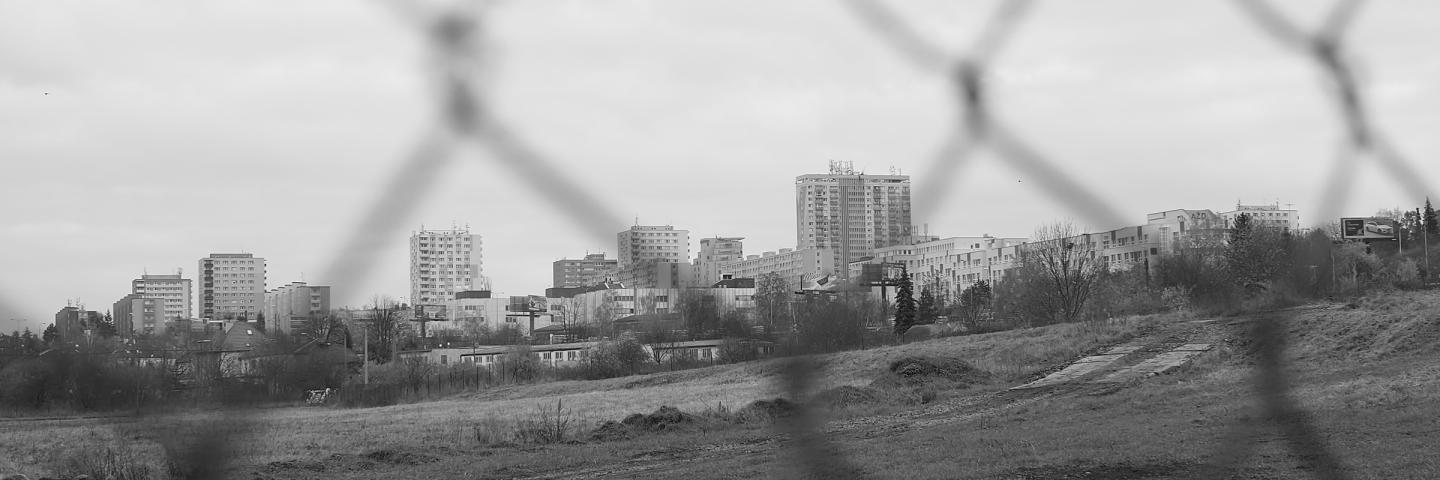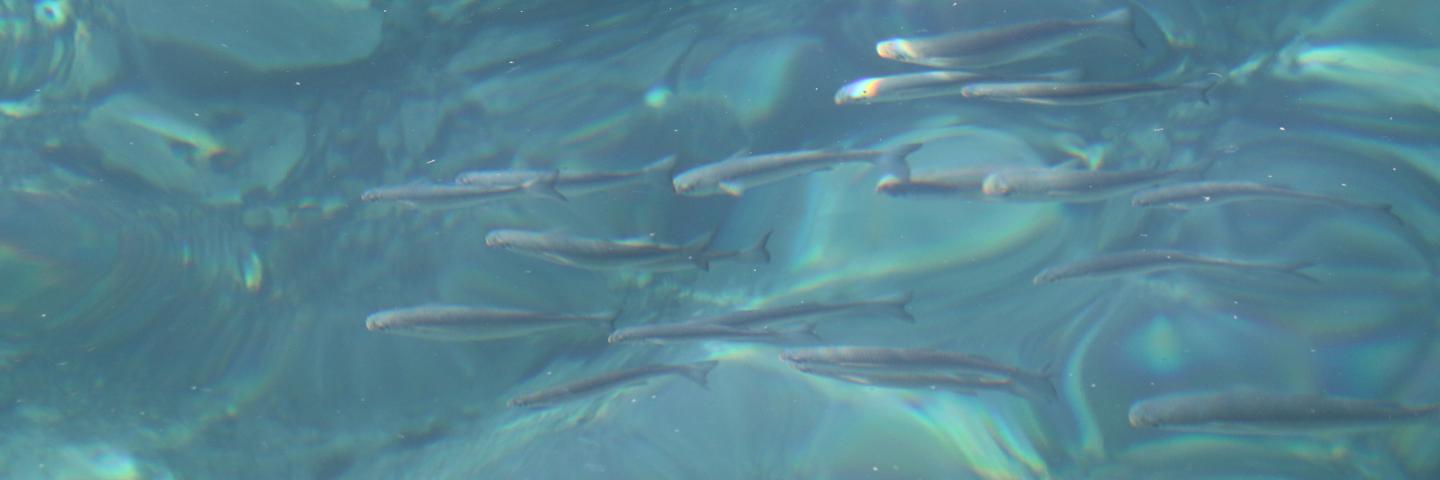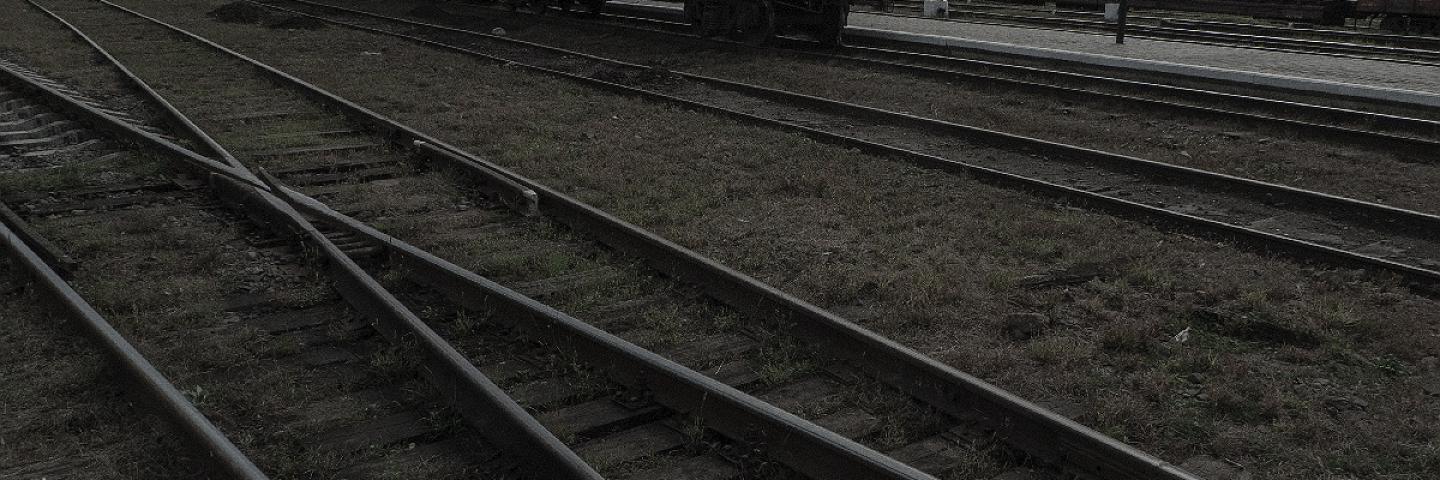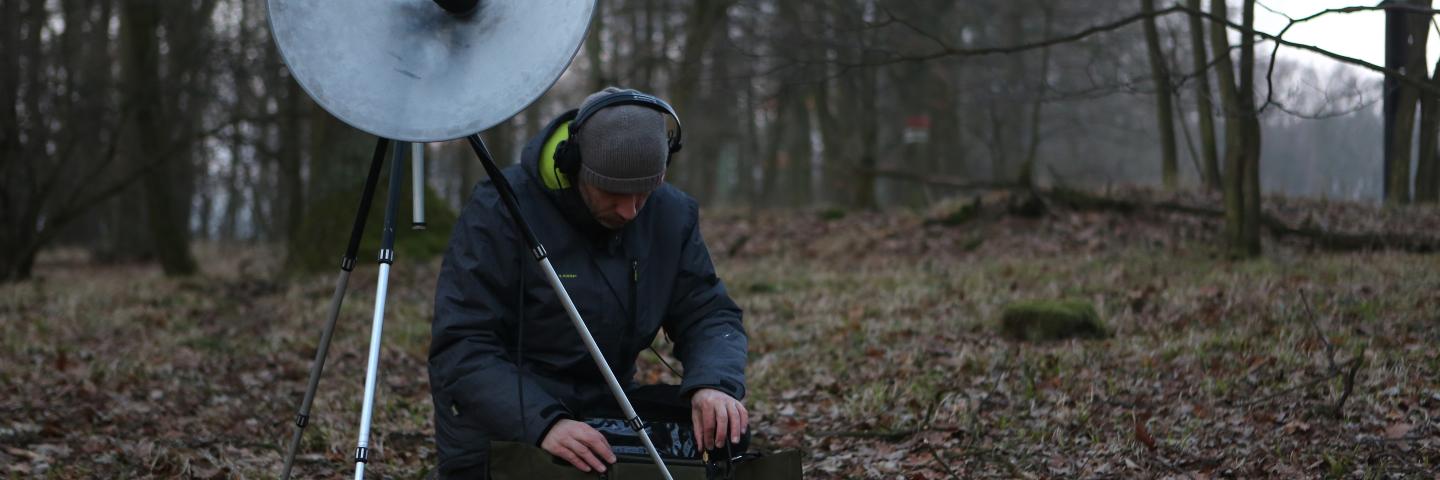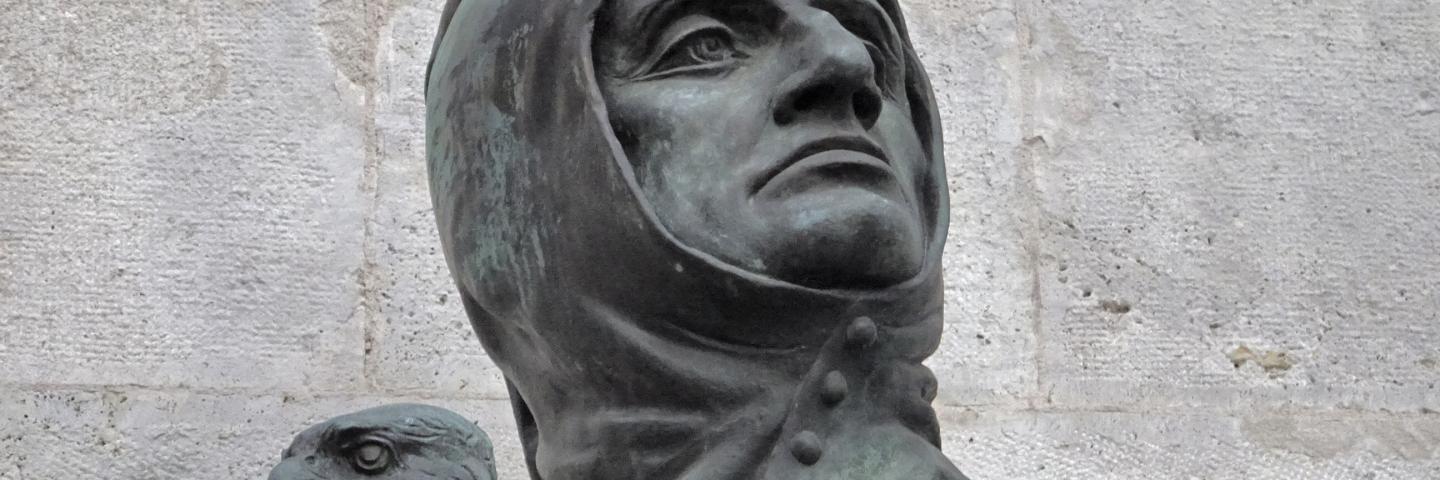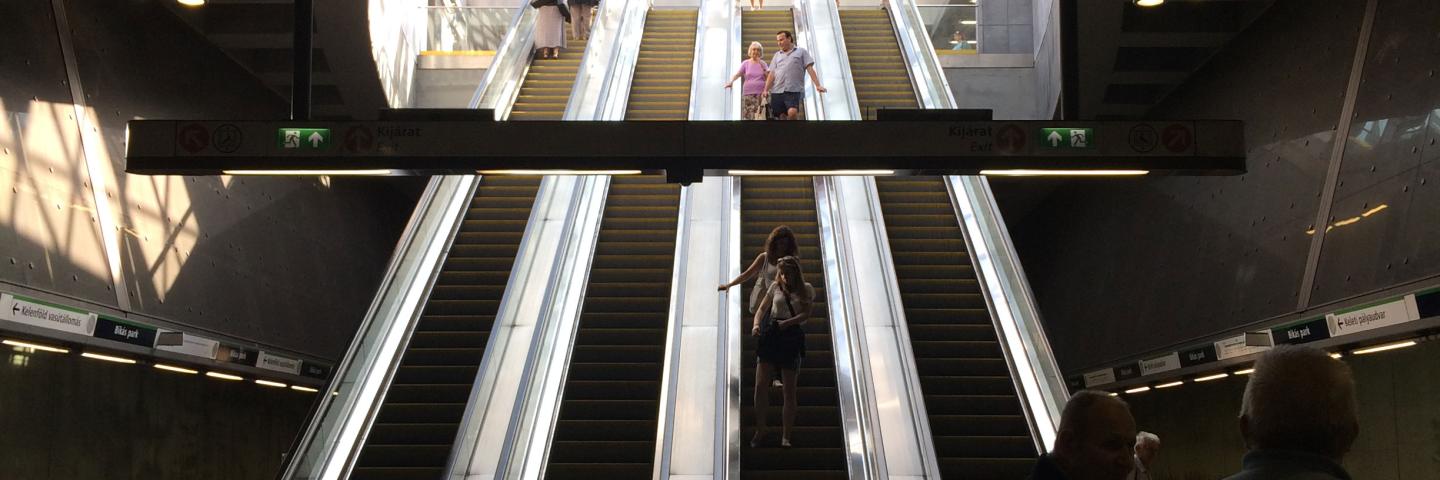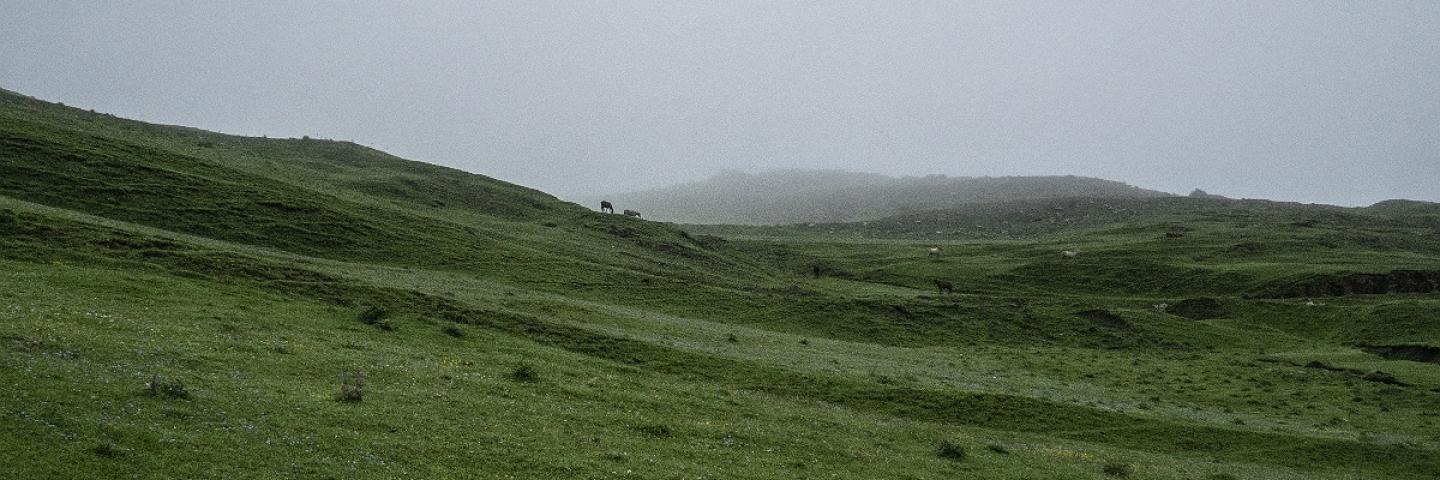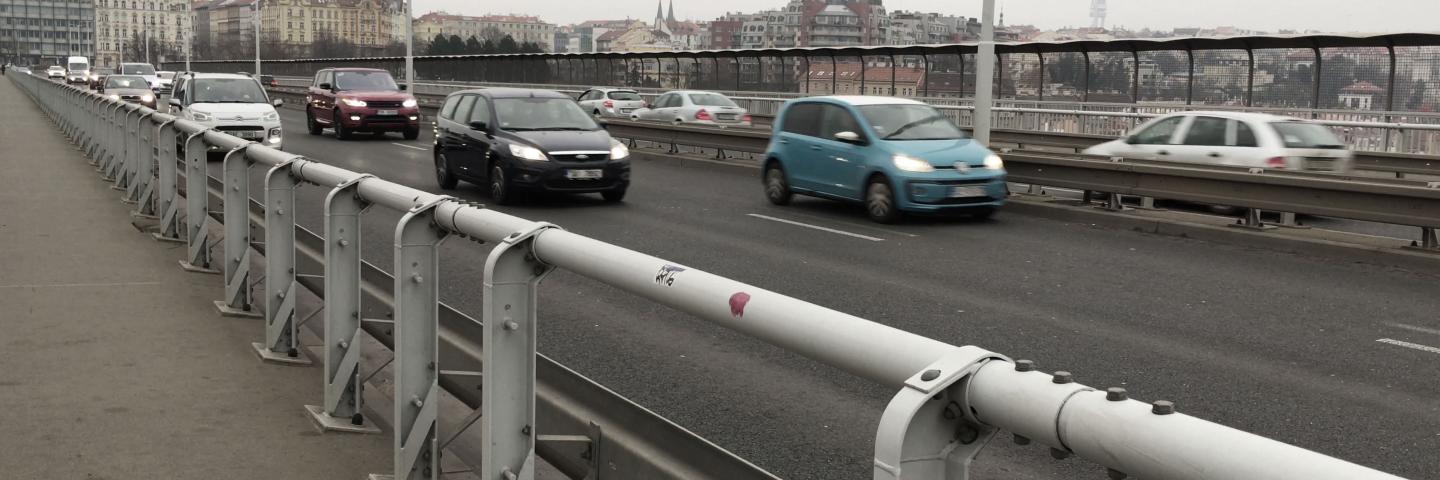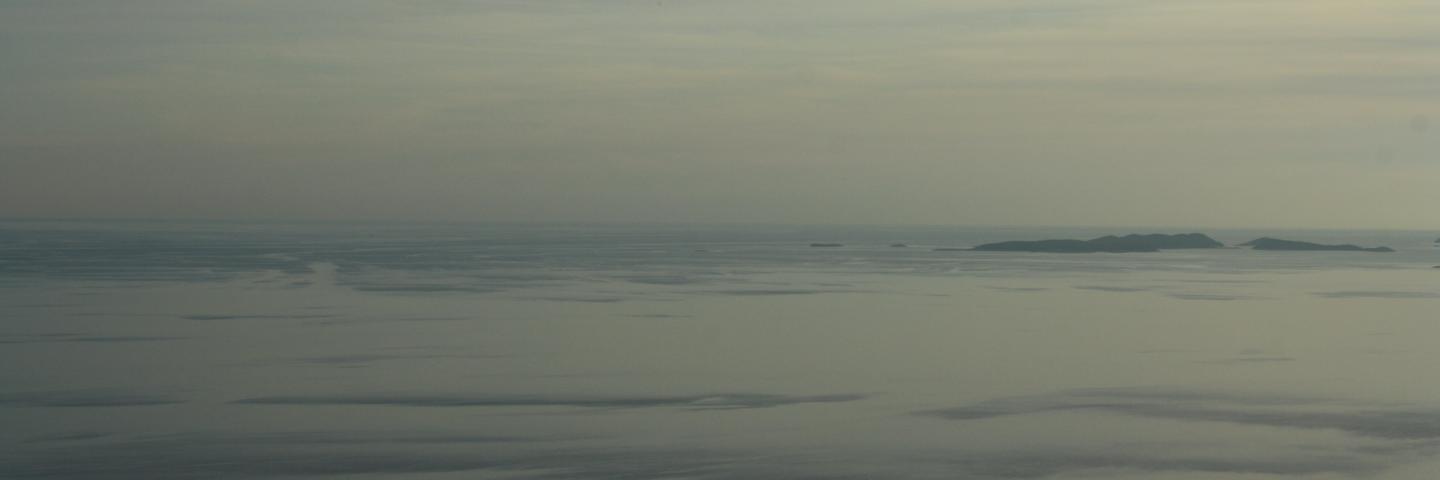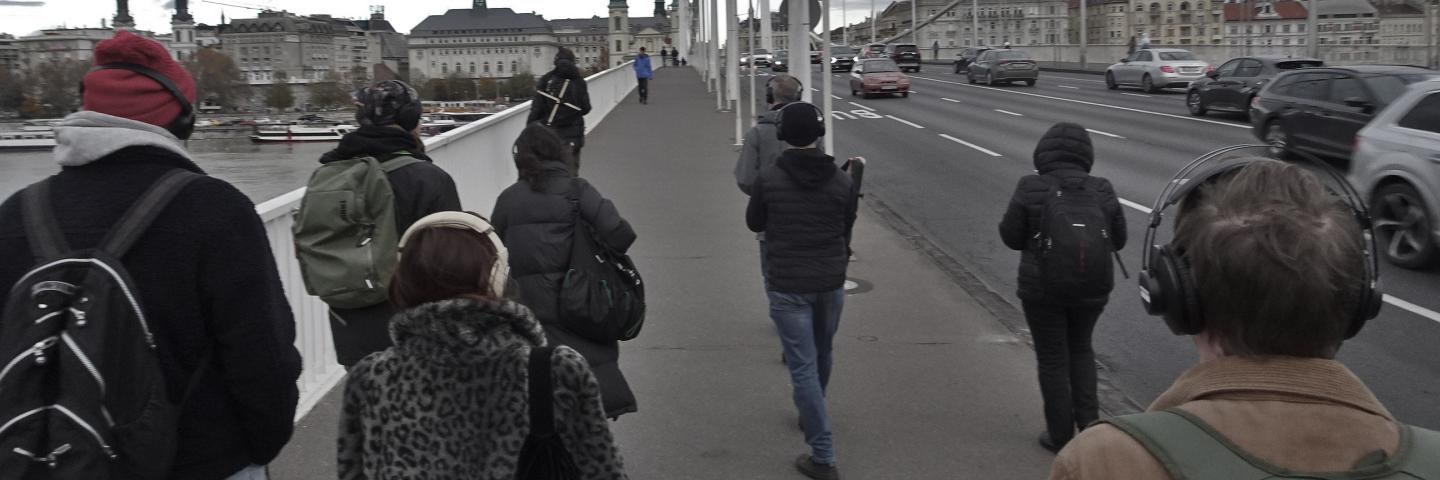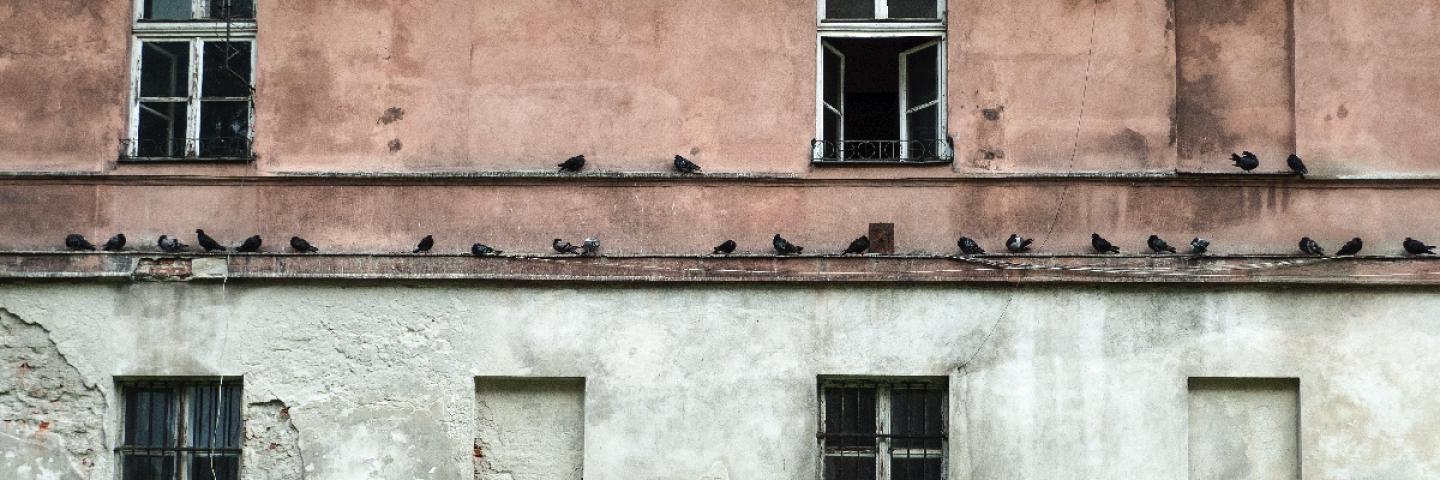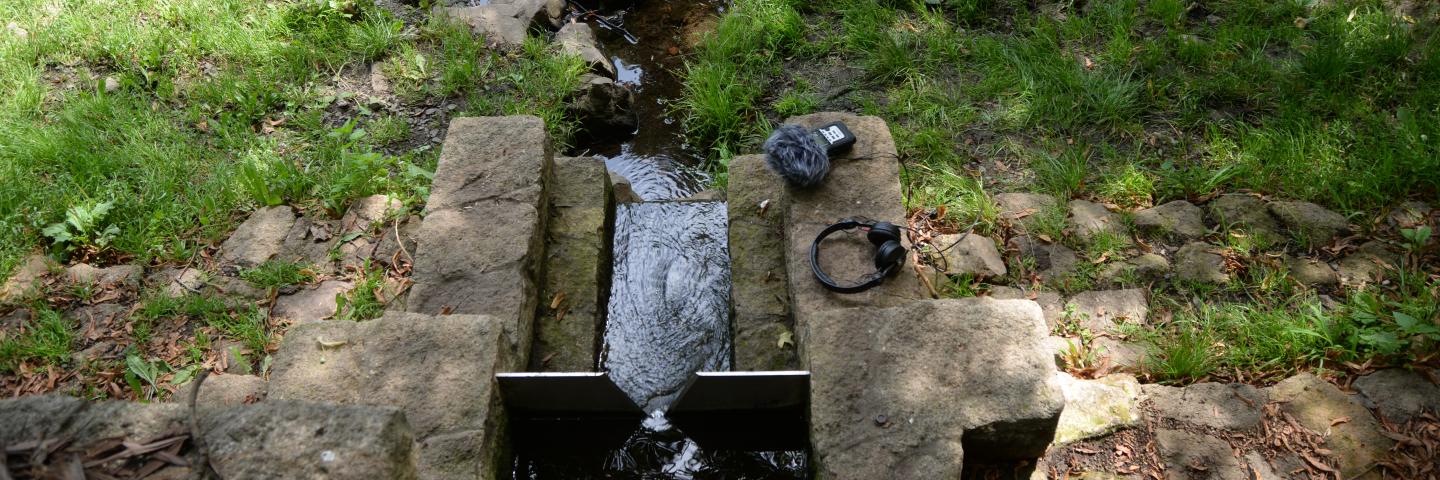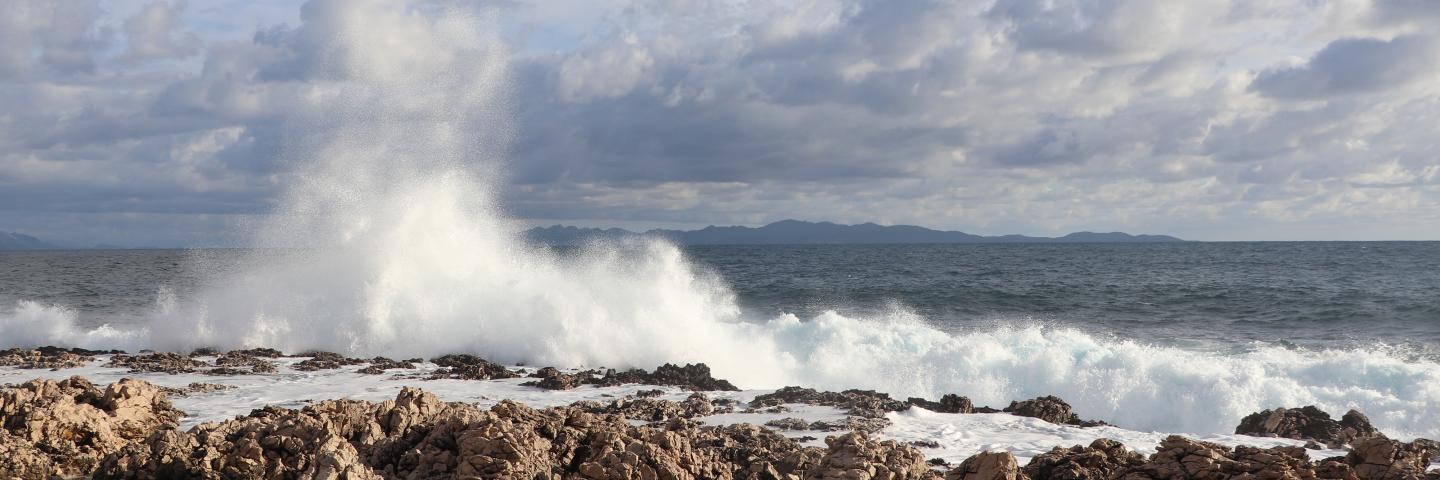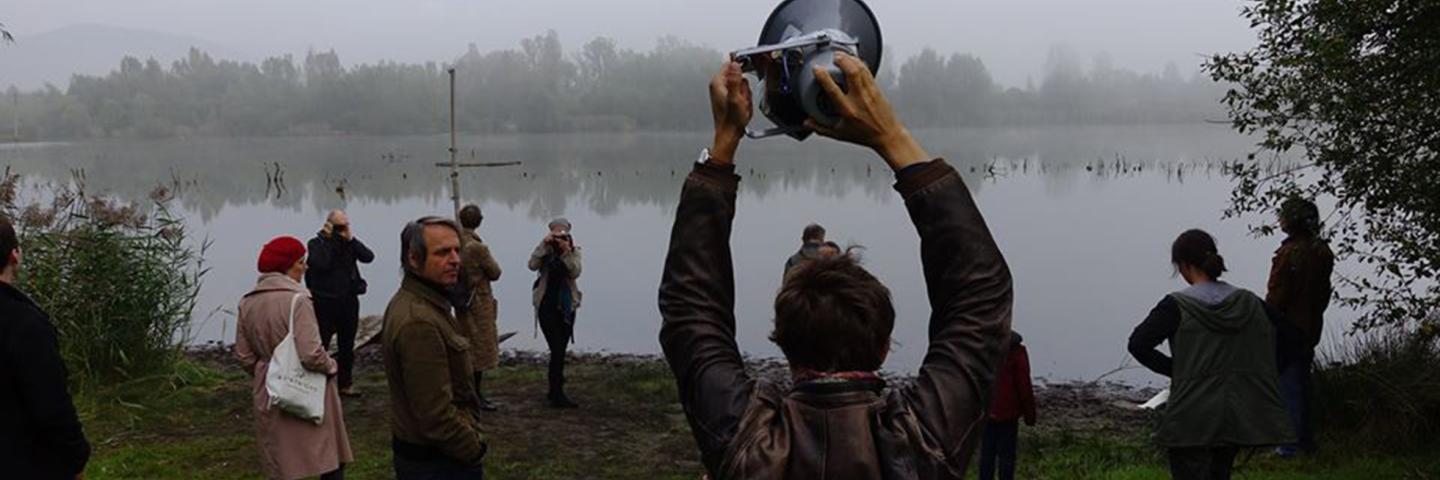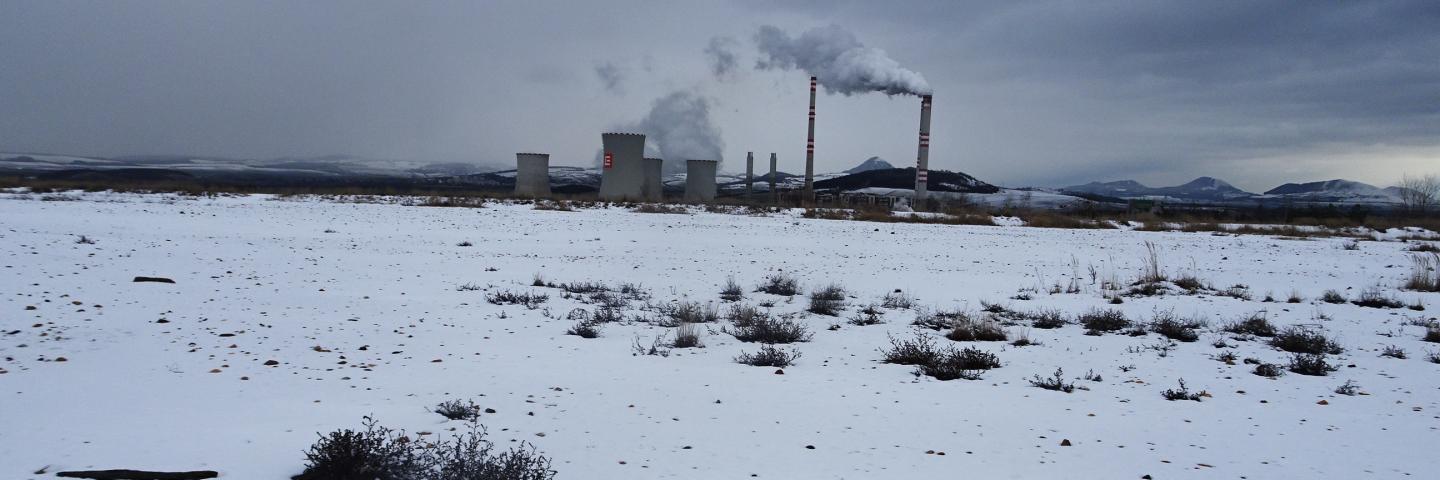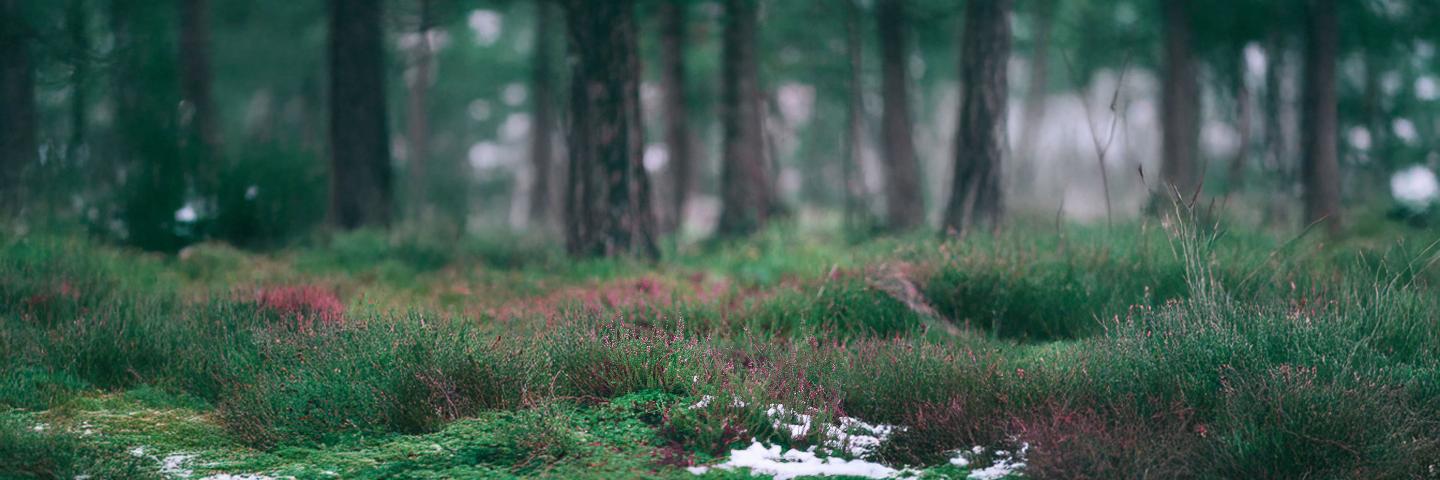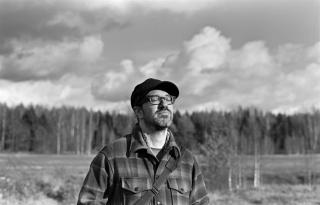John Grzinich (1970, US/Estonia) has worked since the early 1990s as an artist and cultural coordinator with various practices combining sound, moving image, site-specificity, and collaborative social structures. He has performed and exhibited in North/South America, Europe and Japan and his compositions have been published on a host of international labels. The focus of his work in recent years has been to combine sound and listening practices with various media to challenge age old anthropocentric perceptions of the world we inhabit. He lives in Estonia and apart from his personal artistic practice, coordinates activities for the artist-run organization MoKS. He is currently a visiting Associate Professor of New Media in the Faculty of Fine Arts at the Estonian Academy of Arts and a visiting professor of Sound Design at RISEBA University in Riga.
What is field recording?
This is a question I’ve been asking myself ever since I realized that “field recording” was something of a viable genre for many working with sound. Before hearing the term “field recording” (and I’ll throw in Phonography), I never thought much in making a distinction between working in or out in the field. I recorded what I wanted and where I wanted (and still do). While some view it as a recording technique for any place other than the studio, others seem dedicated to the cause and strive to reach new levels of purity. The spectrum of approaches is wide from scientific ‘nature recording’, and commercial ‘relaxation environments’ (some may know the interesting ‘environments’ series from the 70s) to weekend hobbyists who simply like to get out and record sounds they like.
Yannick Dauby makes and important point in his description of “Field recording and phonography” as to why we who record sounds in the field are shaping the sound as much as we are simply capturing it: “The couple microphone/headphone acts as a filter and an enhancer for perception. The use of these tools is absolutely not neutral: the choices of the place and the moment, the gestures, the technical limitations and the zoom/macro effects of the microphone affect the result of the recording. The recordist makes a series of decisions in his practice, and these decisions are related to his own subjectivity.”
Numerous other in depth perspectives on the practice have emerged in recent years, I suspect due to the availability and ease of use of digital technology. People like Aaron Ximm Quiet American and Ernst Karel have been long term proponents of creative uses of field recordings and seem to have inspired many through their output. As the “field recording” bug spreads I suspect we may see ever more variations and mutations on what this is about. As for listening to field recordings it’s a fertile matter for another post.
Like any term, the definition is open to interpretation. The artist Jez Riley French has opened up the discussion with his ‘four questions series regarding sound artists/musicians and their use of “field recording” in their work. However, Jez seems to have moved his website and in the process, removed the four questions series, so I’ve reposted my answers below:
JrF: when & why did you become interested in field recording?
JG: If I really think about it, its hard to say. I’ve had access to tape recorders since I was a kid and I was always fascinated by the process of recording sounds and playing them back. There is something inherently moving in using recorded sound as a form of sensory feedback. While in high school I distinctly remember recording a thunderstorm on my boom box. Despite the awful quality I used to listen to that recording and reflect on what it was that made me want to preserve that natural experience. There was something different about trying to capture sonic events in the world outside of human control. In the beginning its usually about recording ones voice then trying to bang on things, to make “music”. But simply by recording yourself making noise that doesn’t always mean its “music”. Any produced sound is first a seed for some form of reflective activity and if the noise develops into a coherent form or simply even a reason continue the activity, then we might be looking at music which for me is more of a social phenomenon. I prefer to use the term ‘sound capturing’ rather than ‘field recording’ (which stems from a technical description rather than an instinctual activity), because of the ephemeral nature of sound and the need to include the element of human decision in the act of recording. So we have the ‘self’ and the ‘field’, or rather internal and external domains where a unique form of exchange happens via the medium of sound along with the technical means to mediate that exchange. The field is entered and one chooses to use one sense over another. Hearing becomes the tool for a deeper form of listening, the metaphor we know as a form of reflective thinking.
So the story continued that every time I had access to a portable recorder I was drawn to ‘the field’, to tunnels, forests, lakes, buildings, obsolete structures and areas of random debris. The field is an open system where sound cannot be controlled but rather explored and contributed to. Its the unkown elements, the small surprises and everyday discoveries that keep me going out and listening for more. I’ve always said about my compositions that the closer you listen, the more you will hear. But in fact that is my very approach to the sounding world in general. From the microscopic events of insect behavior to the cosmological planetary cycles, there is an endless field in which to play and hear.
JrF: how do you use your field recordings in your own artistic output?
JG: My recording of field activites have found their way into compositions in either treated or untreaded forms. I don’t believe in such a thing as ‘pure’ field recordings. Captured sounds are always colored by any number of factors such as microphone types, recording format, process of reproduction and then of course the end listeners situation. So I treat my ‘field recordings’ as source material like any other.
Lately I’ve started to document more of the recording process, the conditions and context of the location, with photos and video. There’s a hidden story behind every recording and by sharing aspects of the process other than the recording itself, clues are given to the audience. Good discussion about the various conditions under which recordings get made has been left out of the community of people working with sound, yet with more open forms of sharing, more distict interest in artistic practices are emerging. My hope is that additional angles on our processes, such as my ‘location sound films’, will help open up some topics on what it is we’re doing and why.
JrF: Has the act of making field recording an effect (positive or negative) on the way you listen to your everyday surroundings and how has it affected the way you listen to other music and sound (if at all)?
JG: The trained ear can easily see the world as a constantly changing composition. I’ve become more sensitive to the sounds around me. With this I recognize sound as some sort of political force that can significantly shape the world around us. I ended up moving to the countryside partly because of this, to choose what kind world I want to hear and to have access to the open terrain I enjoy exploring. Since becoming a more active sound artist I haven’t bought much music which may have been another side affect. I really enjoy trading materials with other artists, and to have more direct contact for exchanging ideas.
JrF: For me, the aspect of discussion about the process is usually more to do with the technical side of things & I have always found that the least interesting – the realm of those who perhaps often value the process (in terms of thier ability to influence it) more than the result. On the other hand I also feel that when recordings are created as something other than mere documentation – so in terms of music or art, then certain aspects of the process probably need to be private. For example I only create when I feel an istinctive emotive response & I do that through music / sound because that is the way I feel most able to communicate – if I tried to then explain the conditions in another way I might get so far but I don’t think for me that that will work too well. I often find it interesting to discuss motivations with people & also to get to ‘know’ them a bit often has an effect on how one can appreciate certain aspects of their work (or it can of course have a negative effect too !).
To add one to the set of the standard questions in this series, can I ask:
JrF: Do you feel there could be a danger that having a focus on the need or wish to discuss or explain could also serve to place a theoretical or practical barrier on this area of creativity – as it indeed can anything?
JG: In my experience good discussion on sound art/listening has always helped remove barriers between practitioners and and also listeners. There is a lack of linguistic means to express the aural experiences (at least in English) in comparison to the visual and tactile senses. We have whole cultures built up around taste and culinary delights, visual aesthetics, even perfumes for smell, but when it comes to sound in a more abstract sense we have little to go on once you go beyond the established genres of ”music” culture. Of course there is that intangibility of sound as a medium which causes our understanding of it to fall into the fringes of other disciplines. For example sound in art is tied to sculpture or installation “soundtracks”, in music it drifts into the gray are of being”experimental”, in architecture its left to acoustic engineering, in film its foley work or sound design. In each case sound is a side effect of the primary field or medium. I suspect its this “side effect” status of sound that waters down our ability to articulate aural experiences and hence for artists to describe what they do with sound and why. I agree that the need for an explanation, as you have implied, can easily over run the experience itself, but this is the case with almost any art form. We’ve all met students who have been forced to read so much theory, they never want to look at another painting or hear a piece of music again. That’s not what I’m referring to. I’m talking about discussion that enhances our direct experiences and abilities of working with sound in ways that respect the personal introspective nature of listening and creation in as much as it broadens its potential as a valid non-linguistic means of communication. Transforming sound experiences into words is not easy or always immediate. It takes time. But the overall effect seems to be deeper, more permanent, and potentially more useful when filtering through this great ‘noise’ we call life.
JrF: Yes, I can see your point there of course. I prefer that we don’t always try to explain & I consider it would be much better if our understanding was based more on naturally developed instincts. I see the benefits from discussion, especially on a personal scale, but I find that the wider, institutional or ‘scene’ expectations of being able to supply the theory to accompany ones work can often be oppressive and come across as rather elitist.
(re-published from)
